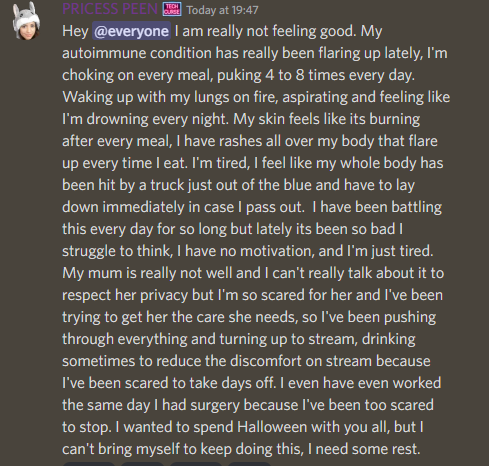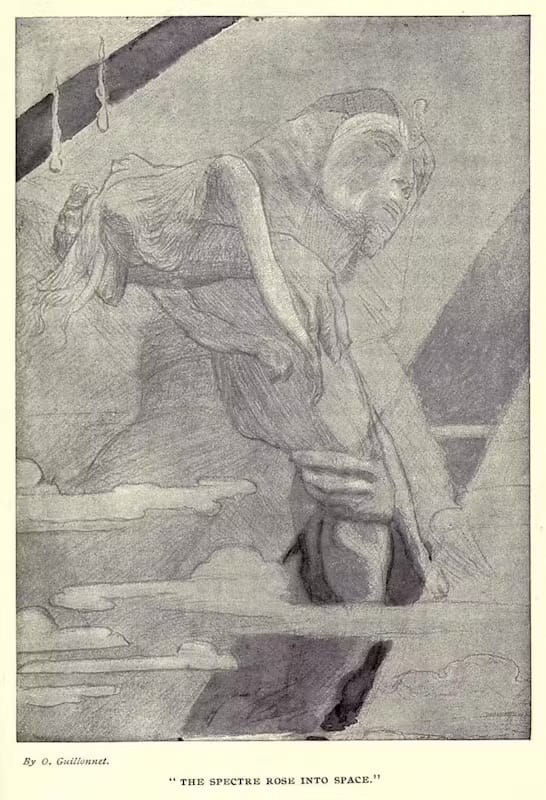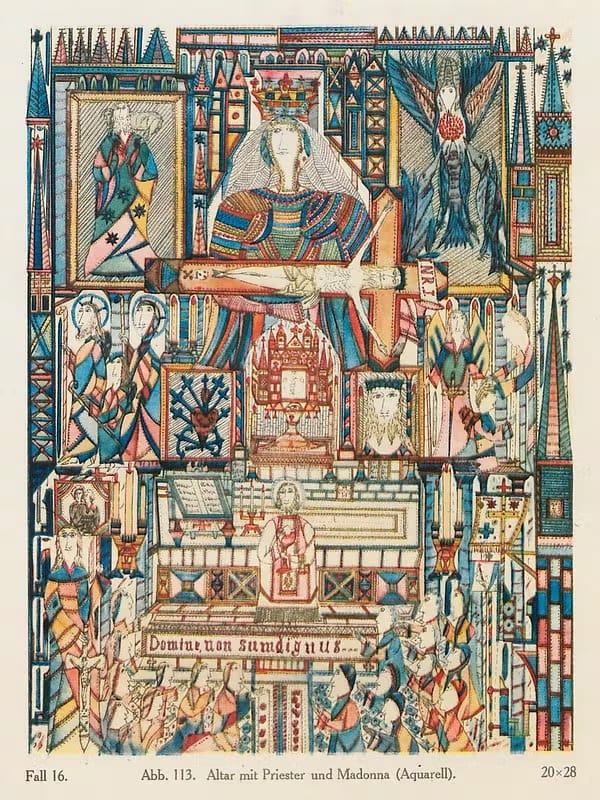The Everlasting Grind of Content Creation
YouTube
The YouTube subscription page is a chronologically weighted page, favoring channels that post consistently and "1000 true fan" type subscribers. 202212160135
The home page uses a recommendation algorithm based on CTR and watch time.
These two -- on the surface -- don't conflict with each other. But they create two very different game theory strategies. The subscription page can be populated by people who spam post every day, but that may cause your subscribers to not click through impressions, lowering CTR in the home page algorithm and harming a channel in the long run. On the other hand, making one banger video every six months decreases a channel's chances greatly of being subscribed to on the platform. People on the home page who watch a video may not subscribe, meaning that a channel's video may never surface for them again in the infinite rabbit hole that is YouTube.
Either way, YouTube the platform wins. It is able to keep viewers engaged for hours 202301141347 without noticing that time has gone by. Viewers continue to consume ads, and YT prints moola.
For creators on the platform, the game theory optimum is an interesting question.
YouTube prioritizes two types of content:
- evergreen
- now
Evergreen content will have a high CTR/watch time because it is a video that is usually answering an evergreen type query (video search engine and all) or is always entertaining.
"Now" content was popularized by Casey Neistat and vloggers -- it's all about fast paced, highly time-relevant, event-based content.
Again, it is damn near impossible for any individual creator, despite their niche, to create content that fills both these buckets. 202212200032
The game YouTube has intentionally or unintentionally created for creators is toxic. It values surface area (new videos being posted to the platform) over volume (quality videos being posted to the platform). Any creator who desires to make consistent income will eventually have to become a daily creator on the platform, with the attempt to maintain a minimal quality level that will keep people clicking -- much akin to a widget factory.
Is there a solution? I've written before about content flywheels -- how I think the only sustainable strategy is to create sustainable content. In short, to fulfill an audience need, find a niche and a level of quality with you can put out consistently, and automate, automate, automate. Share scraps off the floor. But even while doing all this, the very nature of YouTube always means that your n-th video will always be more valuable than your (n-1)-th video.
Twitch
Go live, as often as possible, as long as possible. Full stop. Even if it destroys you.

But on Twitch, where discoverability is a challenge when you’re offline and your hours spent streaming each month are tightly coupled with your earnings, burnout can be especially common for streamers staying live to stay relevant. Popular streamer and YouTuber Chris Melberger pointed to the catch-22 of it all—taking a week off Twitch or changing your schedule means curtailing growth; refusing to do so means burnout. (View Highlight)
Parasocialiality dominates on Twitch, and Regina George is only Regina George because she is visible. Stop trying to make fetch happen, it's live TV.
Zettelkasten + Publishing
One of the reasons I like Zettelkasten so much is that its very, very, very easy to publish ideas from source material 202212181947. These ideas are micro, and generally created from some sort of literature note or are directly inspired by another note. This means it's easy to show up daily with new and inspired ideas that have a high level of quality.
The Obsidian Publish UI is ordered by tag and chronologically. Linking is trivial, meaning old ideas become "evergreen" very easily. Over time, the volume can reach a critical mass, and the concept of a backlog just becomes different paths a visitor can traverse. In short, Obsidian Publish exposes a explicit graph, where YouTube is an implicit graph, and Twitch is a boolean hash map of live/not live. 202301111303
Perhaps one day, the web will become more like Obsidian Publish. Perhaps old ideas 202212270327 will be treated with the same sanctity as new ideas, and the global anxiety of needing to consistently show up on people's feeds will go down.
Just a dream, perhaps.




